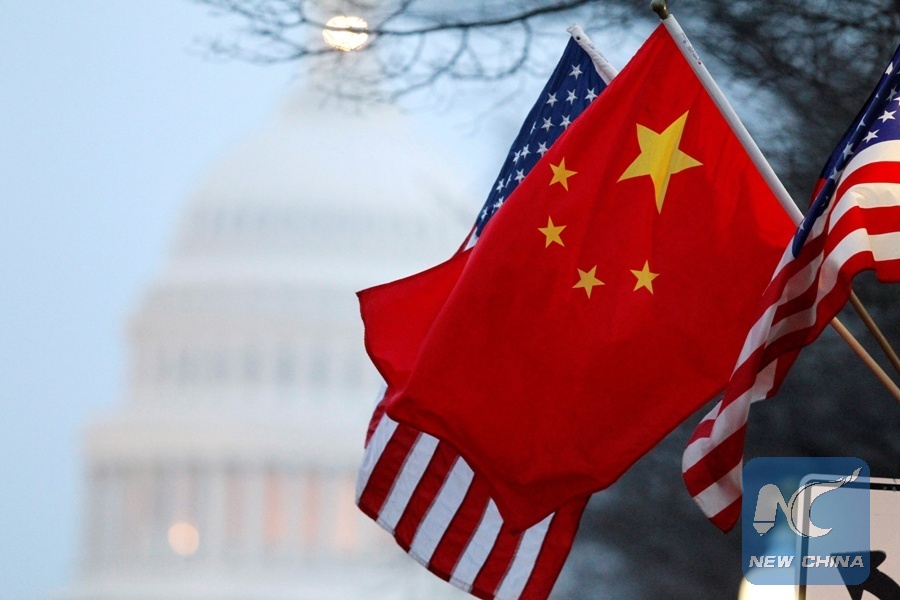
(Photo: Xinhua)
Over the past two days, US media has successively cited anonymous sources reporting on negotiations between US Commerce Secretary Wilbur Ross and Chinese Vice Premier Liu He in Beijing last weekend. According to their reports, China suggested stepping up its purchases of US agricultural and energy products, which, some media say are worth $70 billion while others say $25 billion. They also stated that Beijing stressed that if the Trump administration proceeds with its plan to impose tariffs on $50 billion of Chinese products, the offer would be void.
It was also disclosed by these media that Chinese telecommunication company ZTE signed a framework agreement with the US Commerce Department, allowing the firm to buy components from US suppliers. The agreement asked ZTE to pay a fine and reform its board and executive team.
If these reports are true, it means that the China and US stances over their trade disputes are gradually approaching each other. The previous mutual threats are being replaced by practical solutions: meeting each other halfway.
Yet the new trend is clearly unstable. The process of the two sides bargaining with one another has not come to an end. The US has not yet formally cancelled its plan to place tariffs on $50 billion of Chinese imports announced May 29. The trade war could rekindle any time. In the face of US capriciousness, China has not relaxed its vigilance to prepare for the worst.
Trade relations between China and the US are alternating between negotiations and confrontations. But after the twists and turns, the logic of how they deal with their controversies is quite simple: the way to resolve trade disputes between the two must be benefit both parties and promote a win-win situation.
Expanding China's imports of soybeans, sorghum and other US agricultural products as well as energy products will play a positive role in satisfying Chinese people's desire for better living standards. This is obviously not a bad thing.
Quite a few scholars pointed out that the US will eventually encounter a bottleneck in increasing its exports to China by simply selling agricultural and energy products. Its relevant production capacity cannot be expanded indefinitely. Washington must find some other industries to enlarge its exports to China.
The real superiority the US enjoys is in the field of high technology. However, it is imposing strict restrictions on the export of high-tech products to China. If the issue cannot be worked out, the US-China trade imbalance won't be completely resolved.
After a few months of intense friction, US negotiators have probably learned more about the realities of Sino-US trade. Their attitudes are gradually turning toward realism. However, nationalism on trade has been ignited in the US. For instance, Washington intended to take ZTE hostage in the trade war with Beijing, but hostility against the company has become real in the US. When the Trump administration wanted to lift sanctions on ZTE, it faced constant obstacles from the US Congress.
It seems that Ross' tour of China has some achievements. The Trump administration should protect the outcome and prevent it from being destroyed by Congress.
China will maintain a constructive attitude. At the same time, it will prepare itself for both good and bad scenarios.


